|
When I first started virtual teaching of learners who use AAC (most of whom also have neurodevelopment disabilities) lots of parents (and students) were surprised when I asked, “what did you think of the book?” after every book we read.
For speaking folks it is usually the first question we ask when talking about a book, “oh I just read The Women by Kristen Hannah.” “Really? How was it?”would be a usual book readers conversation starter. However, for most alternative communicators that isn’t a question they hear. They are read to or read books themselves and are asked comprehension questions about books, but no one ever asks what they thought. Many parents were shocked to realize they don’t ask their AAC using kid if they liked a book and why. Most of my students have been with me long enough now that they answer, “what did you think of the book” before I ask it. Often times it is mostly, “like” or “I like it” as a response. Some kids I push a little further and ask them why and others often give apt reasons. We just wrapped up learning about World War Two and many books were tremendously sad or brave or unfair. Many of my students noted these things. To anyone who doesn’t work with or know a child who uses a speech device this might not seem like a big deal but, trust me, it is. People underestimate my students; they infantalize my students; they commit ongoing educational neglect against my students. No one expects them to comment on the bravery of Anne Frank or the sadness of a child exposed to the Hiroshima bomb dying after making 1000 paper cranes or to comment that it isn’t fair how Jackie Robinson was treated. They definitely don’t expect my students to further comment something along the lines of, “makes me think, my old school, seclusion, segregation, not fair”. So it is important for the world to know that my students DO comment on books and make deep and important connections with them - even books that are considered to be “beyond” them. I’m not saying every child makes every inference and deeply connects with every book - but typical kids don’t do that either. I am saying that my students deserve to learn about Anne Frank and the holocaust, and Pearl Harbor and Hiroshima, and Jackie Robinson and Josephine Baker because all of these topics are things we expect everyone to know about. They do not deserve a (whole freaking) lifetime of Brown Bear, Brown Bear and The Very Hungry Caterpillar (you would not believe how common this is - preschool books their whole lives). They deserve to be asked their opinions and to be taught how to share their opinions. They deserve teachers who want to hear their opinions.
0 Comments
Seven Years Later
The major ways this Adapted Prompt Hierarchy for AAC is different from other prompt or cue hierarchies are the following:
As well as their being a plethora of research supporting Aided Language Input as a primary intervention in AAC and a recommended best practice, there is also research indicating passive observation is better than using physical prompting in individuals with intellectual or developmental disabilities. Additionally, seven years ago I had begun to work with a number of individuals who had been assaulted at school. I had to wonder how being forced to communicate specific messages using hands on prompting (be it hand over hand or hand under hand) created an easier target for abuse. Especial since these individuals were also subject to hand over hand prompting for other tasks, physical restraints and they were given rewards for allowing others to do things they found invasive or for allowing their bodies to be manipulated. Certainly, hands on prompting, compliance based education and therapies and the inherent ableism in forcing a disabled person to do undesired activities was grooming disabled children and adults into being easier targets for abuse. In my original post, I went into great detail about the studies that show that individuals with disabilities are abuse at exponential rates compared to non-disabled individuals. The statistics have not gotten any better in seven years:
Certainly, when the hierarchy was first shared seven years ago there was a backlash. Some caregivers, but mainly paraprofessionals and professionals, could not conceive of a world where what an AAC user communicated was up to the AAC user. Talking about abuse against those with complex communication needs and developmental or intellectual disabilities caused great upset. There was a lot of push back about the rates of abuse reported being untrue, despite experts saying they were actually low. Many practitioners doubled down on using hands on prompting. Slowly, but certainly some practitioners have begun to see the risk in using physical prompting and compliance based programming. Most and more parents and other stakeholders are demanding their child's interventions NOT be based in compliance training and instead support neurodiversity. Using the Adapted Prompt Hierarchy supports neurodiversity in many ways. It supports communication autonomy by allowing the child to decide if, when and how they communicate. It supports physical autonomy by avoiding any hands on prompting. It allows for extended wait times of a minute or more to allow neurodiverse brains time to process what is happening and form a response. The Adapted Prompt Hierarchy for AAC is designed to create autonomous communicators who make their own choices surrounding what they wish to communicate, while offering them supports in choosing what to say, Please contact us if you wish to translate this into another language. We will be happy to assist. Download file here.
See also:
AAC through a Language Lens https://blog.mycoughdrop.com/aac-through-a-language-lens/ Choosing a Grid Size by AssistiveWare https://www.assistiveware.com/learn-aac/choosing-a-grid-size Grid Sizes by Liberator AU https://shorturl.at/eoFW9 Prepare for AAC Use by Fluent AAC https://www.fluentaac.com/prepare-for-aac-use What is beginning AAC? by Jane Farrell https://www.janefarrall.com/what-is-beginning-aac/
We should avoid creating and implementing a FrankenSystem because:
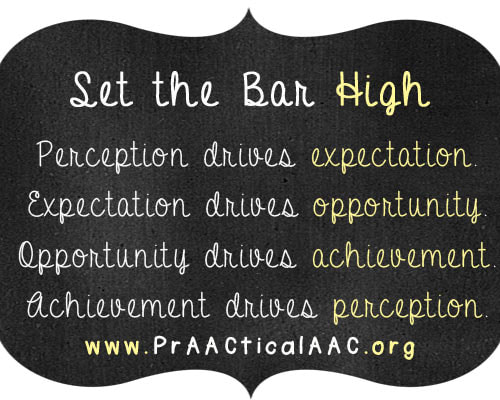 Something that happens to me all the time when I talk about what my students can do is people assume I only accept the “high functioning” kids. They ask questions about how what I am teaching is "advanced" and their students would not be able to do it. It infuriates me! Well folks my students couldn't do it before either! My students didn’t have these skills. I taught them. Now they do. That is how teaching works. I take any student who shows up. The only child I actually turned down for my home school academy I turned down because we would not have been challenging enough. I have never, ever turned down a child because I didn't think they could learn! When we say "presume potential" this is what it means. No matter where you perceive a child to be "functioning" you KNOW that they are capable of learning, of progressing. And as a teacher you do EVERYTHING possible to both meet them where they are AND raise the bar gradually. If you are setting the bar so low they could trip over it I am not even sure you can call yourself a teacher! The truth is I am a last resort. If a kid is “easy” or “high functioning” they aren’t going to end up working with me because the school/hospital/etc will be fine for them. It's the kids who are deemed "hard", "challenging", "difficult" and (the one label I hate the most) "low" who end up with a private provider like me, usually after years of educational neglect. And that educational neglect comes from low expectations and assumptions of inability to learn. This oldie, but goodie graphic from Practical AAC holds true. Change your perceptions of the individual and you change everything! There is a new dangerous, propaganda movie about a cousin to the debunked and dangerous Facilitated Communication method going around. It’s called “Spellers” and is based on Spelling2Communicate which is essentially the same thing as Rapid Prompting Method.
Facilitated Communication is holding the hand, arm or another part of the body of a non-speaking person and “helping” them communicate by pointing to letters. In Rapid Prompting Method (RPM) and Spelling2Communicate (S2C) a helper holds the letter board instead of the body of the non-speaking person. Evidence shows, overwhelmingly, that neither of these methods is safe because inevitably the person doing the holding, accidentally or on purpose, becomes the communicator. This has been proven in study after study since the 1980s. It is set, peer reviewed and accepted science. Knowing this, plus our knowledge about interrupting bodily and communication autonomy and it’s impact on increasing vulnerability to abuse means we should never, ever touch a non-speaking person or their communication system while they are communicating. Ever. (There are very rare exceptions for Deafblind people.) Repeat NEVER TOUCH AN AAC USER OR THEIR AAC SYSTEM WHILE THEY ARE COMMUNICATING. There is even a study showing passive observation leads to better results than physical prompts! So hands off! These methods are associated with horrific stories of false abuse allegations ripping apart families and actual abuse when non-speaking people are believed to be consenting to sexual activity using these methods, such as published in a story in Slate Magazine. (To be clear non-speaking people can and do consent to and have fulfilling sexual lives. However, if consent is given using these methods it must be questioned, for safety sake.) All of these methods have been condemned by major groups like ASHA, ISSAC and others. The only “study” Spelling2Communicate proponents offer is an incredibly flawed study that used head mounted eye gaze tracking to supposedly prove spellers look at what they touch before touching it. This study had no control group. We do not know what someone typing without someone holding up their spelling board and moving it (be it by accident or on purpose) looks like on eye tracking. If we don’t know what confirmed literate individuals in a control group look at the study has no basis. How can we possibly tell if someone is looking first before touching without a control? Beyond that flaw, the study ignores the evolutionary imperative for the human eye to look at movement and relative movement. Such flaws make the study useless. Let me be very clear. Non-speaking people have an absolute human right to communication. All non-speaking people should be assumed to be capable learning to understand and communicate AND given the interventions and tools they need. The presumption of potential to read, write and communicate is essential. As a field we must start there. But we cannot end there. We cannot assume that without instruction in reading, writing and spelling students will magically communicate through hands on assistance or manipulation of their communication board. These debunked programs and methods stem directly from our failure to properly understand and intervene with children and adults whom are non-speaking. Our mistakes and utter failures caused this mess. If we eliminated educational neglect of non-speaking students and insisted every single child who needs AAC gets AAC, along with intensive and consistent, science based interventions to learn to read, write and communicate we wouldn’t be here. But here we are. I grieve for the people being subjected to these methods which are unlikely to work though proponents use the rare success story to convince desperate parents and caregivers to commit to bogus methodologies. I also grieve for all the kids who aren’t being given communication and literacy intervention and instruction because they are trapped in the tyranny of low expectations that create the educational neglect that is rampant. I wish someone would make a movie about some of the many, many AAC users who became AAC users through scientific based interventions. The power of communication is undeniable. But, we have better ways than these questionable at best methods. We need to spread the word and the science to all so that every voice is a heard voice. Links Stop FC and RPM Facilitated Communication. Org ASHA Statement on RPM and S2C ISAAC Statement on FC, RPM, S2C As AAC implementers there is a lot we have to know and think about and rolled into that is the hope we must have. We must believe that our students/clients/children will grow beyond where they are right now. This is what is meant by presume potential - have hope - not a static hope, but an active hope that adjusts and grows and changes. We believe that full, active, intrinsically rewarding communication is coming.
Today I taught an AAC skills class. The students and their learning coach, usually a parent, were picking an operational AAC goal to focus on for a few weeks. I mentioned in passing that working on not clearing the message bar after each word or phrase so that the user can make a fuller sentence might be a goal. Some of the learning coaches spoke up and at least three of my students automatically delete/clear each word they enter in the message window, despite knowing they need to add more words. The coaches all agreed the issue was created by intense drilling by an ABA practitioner on a goal of pressing clear. Now these AAC users will need to dedicate time and energy to unlearning this bad habit that is preventing fuller communication. This is just one example of a skill that is taught, often drilled, into early AAC users which must be untaught as the child grows. Other examples include, introducing oneself to known people, saying hi to the same person repeatedly, and using navigational short cuts like the “eat” button to get to the food folder in TouchChat 42 and 60 Basic instead of going to groups, therefore inserting the word “eat” where it isn’t needed in a sentence. I even have one client who, as a child, was believed to overuse “I want” so the word “want” was removed from her system. Though it was added back in, she still, years later, never says “want”. This is the opposite of the most common issue, which is an instructional focus on manding (requesting) and labeling (tacting) to the exclusion of all other functions of language. AAC users miss out on the natural development of multiple functions of language at once when they are provided only with the means to request and/or request and label. This makes their conversations stilted and deprives them of the social closeness which comes from communicating for other purposes. Therefore we again have to reteach a skill that could and should have been taught correctly in the first place. When we are choosing AAC skills to work on we must think about if and how that skill will be used in the future. If the skill is mastered will it need to be unlearned? Ask excellent adult AAC users if the skill is useful or meaningful. The adage in AAC has always been we create a system for today and tomorrow. Along with that we must teach skills for today and tomorrow. Symbol Supported Text, sometimes called Symbolated Text, is the practice of adding picture symbols above or below each word or phrase in text based materials meant to be read. (It does not apply to symbols in AAC systems.) Here are some examples: As you can see symbols from a variety of companies are placed above or below the written text. If you look at the symbols alone, as a non-reader would do, it is very difficult to know what is being said. The first example might be read as “bird home bird cage give house” to an unfamiliar person. The second might be read as “bad person broken arm lots people down Florida city, Florida”. The final might be read as “left class bus road city take bus”. The symbols do little to nothing to improve understanding. They also distract from reading the actual text. There is essentially no research indicating that this practice improves the understanding of these texts by individuals with intellectual or developmental disabilities (IDD) or by individuals with IDD and complex communication needs (CCN). In fact there is study that shows typical adults cannot guess meaning from supporting symbols. Most “evidence'' supporting this claim has been created by the companies which sell products to create symbol supported text or which sell products featuring symbol supported text (Example of such companies include Widgit, Symbol Inclusion Project, Tobii Dynavox Boardmaker, Slater Software, News2You. Vendors like those on TeachersPayTeachers such as Breezy Special Ed, A Special Kind of English, and Winter’s Wonderful Workers will often cite this commercial research when told their products are detrimental to learning literacy.) There is also specific research, which is done by neutral parties, saying that the addition of symbols doesn’t increase comprehension. Still, the practice of symbol supported text remains very common in special education, despite years of evidence that it is not beneficial. Many teachers, therapists and caregivers make anecdotal claims of symbol supported text increasing comprehension but the research just isn’t there. However, Symbol Supported Text can be a lot worse than just the time and money wasted on adapting or purchasing materials which do not increase understanding. Symbol Supported Text, in fact any image or symbol paired with a word, has been shown to either have no impact or to be detrimental to children learning to read. Studies have looked at programs that explicitly pair carefully chosen symbols with a word and have found that when the symbols are removed from the word children do not retain the ability to identify the word. Children who learned symbols paired with text did not attend to or attempt to decode words when the symbol was present and could not read the word when the symbol was removed. As one can imagine, haphazardly pairing words with symbols would be even worse for learning to read, especially when large groups of words are presented simultaneously in a manner which is visually cluttered, and symbols might change meaning regardless of the word with which it is paired. (See the example below where the same symbol is used for “falls” and “lands”. ,If you are interested in reading relevant, non-commercial research, I suggest starting with this article by Erickson, Hatch and Clendon https://bit.ly/3yXY0k6, specifically the section entitled “Picture Supported Text: An Example” and Comprehensive Literacy for All by Erickson and Koppenhaver, especially the section entitled “Research Brief: Assistive Technology” https://amzn.to/3wJkIL8. Additional research information can be found at the end of this article. Unfortunately, many professionals and caregivers refuse to consider the significant evidence that symbol supported text is detrimental to learning to read because they do not consider their students as candidates for literacy. This ableist view comes from a tyranny of low expectations and a lack of knowledge about how to teach literacy at all, but especially to learners with IDD and/or CCN. It is horrifying to say it aloud, but professionals who use symbol supported text often do so because it makes them feel they are doing something when, in reality, they are refusing comprehensive literacy instruction to their students. Instead schools and professionals should be fully committing to literacy instruction for all learners, regardless of perception of cognitive ability. As Dr. David Yoder says, “No student is too anything to be able to read and write.” It is difficult as experienced professionals to face what this means. If we have not taught literacy and have only used symbol supported text and done listening comprehension we may feel guilty and defensive when someone suggests that we should have been teaching literacy all along and that we shouldn't have been using symbol supported text. It is a terrible feeling to think maybe we failed our former students. Facing that guilt is incredibly difficult. However, we can remind ourselves that we did the best we could with the information we had at the time. We must be brave enough as professionals to learn new information, evaluate it and incorporate it into our practice. As the old saying goes, "know better, do better". We are capable of changing course and making sure the students in front of us from this day forward get literacy instruction. In some countries, such as the United Kingdom and Australia, a common practice, sometimes a legally mandated practice, is called “Easy Read” materials. These places have created guidelines on how to make text based materials more accessible to those with IDD and/or CCN as well as people with other disabilities, English language learners and the elderly. For example, guidelines for the United Kingdom can be found here and here for New Zealand and here for Australia. Special educators, therapists and others can draw from the Easy Read guidelines and emerging research on Easy Read to help them adapt text in ways that promote both comprehension and learning to read. Some of the big ideas are to use clear, simple language, to limit each sentence to one concept and consider having only one concept per section or page, to use images and symbols to illustrate these concepts (rather than matching picture symbols to words), and to use specific formats. Simplify the Text Simplifying text means using easily understood vocabulary and simple sentence constructions to present important concepts. Simplifying text works best when teachers are adapting text based materials to create an entirely new material. This is most useful when there is a large gap between the individual's comprehension skills and the complexity of the text. One technology tool available for this is Rewordify. Rewordify is a free tool allowing you to enter/copy & paste text into the program and then lower the reading level and identify vocabulary to be simplified. This process of simplifying text is not likely to be as effective for picture books where modifying the text would change the experience of the book. Simplify the Format The format of text can be beneficial or detrimental to comprehension of that text. Use of 14+ font in a clear font such as arial can make text more accessible. Text size can be increased if needed for those with visual or attentional needs. It is recommended to have one concept or idea per sentence or line. In some cases this may be one concept or idea per page. The website Tar Heel Reader and the app Pictello by AssistiveWare are both good examples of tools which help adapt materials to present one idea or concept per page. Easy Read guidelines recommend consistent placement of images either on the right or left side of the page if there will be multiple images on a page, with the correlating text next to it. Layout should be clear and simple, as well as consistent, across sections or pages. A Word about Picture Books Picture books are the perfect teaching and engagement tool exactly as they come. Depending on the level of book you choose it may have images and simple text perfect for working on literacy and comprehension skills. When we glue or tape in picture symbols or symbol supported text we are likely not improving comprehension, we are detracting from the perfection that is a picture book including the images and text, and we are limiting the ability of students to focus on letters and words and attempt decoding text. AAC User Specific Suggestions for Picture Books There are some specific recommendations for shared reading of picture books with AAC users/individuals with CCN. The first thing to do is to read through the picture book and identify the core words or other specific vocabulary you will model using aided language stimulation on the individual's AAC system. Words to be targeted can be underlined in pencil or listed on a post-it note on each page. It is vital not to tape or glue in strips of symbol supported text as that is not shown to aid comprehension and is likely to be detrimental to learning to read. Educators and Therapists may also wish to create a visual support to be used with the book. There are many ways to do this, such as creating a document which notes occurrences in the story in sequence for individuals to check off as they happen. Pictured below are visual supports for three picture books. Each has the title and then, moving right to left, top to bottom, symbols or images about the sequence of events in the book. Students can check off each box as it occurs in the story and/or use the visual support to aid them in answering comprehension questions or retell the story. Symbols or images on a separate visual support is preferable from gluing or taping in symbols to go with the text. Another option is to have cards or visual displays with pictures or picture symbols of important characters, occurrences and vocabulary in the book to hold up or hand around as you need. These can be combined with sensory items for learners who respond well to sensory materials or who have visual disabilities. Similarly, you can have a card of picture symbols or a chart of story elements to use as you read to guide the students in thinking about what the elements of that specific are. Visual schedules of the steps in a reading activity can also be used to help students know what is happening and what will happen next. Graphic Organizers are another tool which can be used to increase comprehension. Commercially made graphic organizers are available in many formats and designs or professionals can create their own. There are many types of graphic organizers for reading comprehension. Story Maps are one tool to help in fiction picture book reading. Students who do not yet write can use their AAC system to dictate how to fill in the characters (use core words like girl or bear), setting (time and place), the problem and the solution in the story. A variety of options are available for describing characters or comparing and contrasting characters or books. Summarizing graphic organizers following a format of "someone", "wanted", "but", "so", "finally" are also enticing to learners who use AAC to complete with in a group setting. For non-fiction picture books KWL or Know, Wonder, Learned charts can be created so students can list, via their AAC system what they already know about the subject and what they wonder at it it; after reading they can add what they learned from the book. All of these activities, based around graphic organizers, can be adapted to match the skills of a wide range of learners and increase understanding of fiction stories or the topic of a non-fiction book, teach the skills for understanding how books work and encourage use of AAC systems. Finally, Smart Charts are a tool that can be used to support professionals and paraprofessionals in modeling language through aided language stimulation on AAC systems or as visual supports for AAC users to find words in their systems. Smart Charts can be created for vocabulary in picture books and stored in the books or displayed when the book is read. More information on aided language stimulation can be found online and in the book Comprehensive Literacy for All by Erickson and Koppenhaver. One part of aided language stimulation during shared reading is to comment, ask and respond (CAR). Using this technique will increase comprehension of the text as well as help develop AAC skills, and are much more reliable than symbol supported text. Adapting Stand Alone Text
Writing Style
Vocabulary
Formatting
Images/Symbols
Adapting Picture Books
Benson-Goldberg & Erickson, 2020, Graphic Symbols: Improving or Impeding Comprehension of Communication Bill of Rights? Assistive Technology Outcomes and Benefits Volume 14, Spring 2020, pp. 1-18 Available online: www.atia.org/atob Blischak, D. M., & McDaniel, M. A. (1995). Effects of picture size and placement on memory for written words. Journal of Speech and Hearing Research, 35, 1356-1362. Erickson, K.A., Hatch, P. & Clendon, S. (2010). Literacy, Assistive Technology, and Students with Significant Disabilities. Focus on Exceptional Children, 42(5), 1 – 16. https://literacyforallinstruction.ca/wp-content/uploads/2020/05/Literacy_Assistive_Technology_and_Students_with_Si.pdf Farrell, J Symbol Supported Text: Does it Really Help?https://www.janefarrall.com/symbol-supported-text-does-it-really-help/ Fossett and Mirenda (2006) Sight word reading in children with developmental disabilities: A comparison of paired associate and picture-to-text matching instructionResearch in Developmental Disabilities Volume 27, Issue 4, July–August 2006, Pages 411-429 Hatch. P. (2009). The effects of daily reading opportunities and teacher experience on adolescents with moderate to .severe intellectual disability. Unpublished doctoral dissertation. University of North Carolina at Chapel Hill. Poncelas & Murphy (2006) Accessible Information for People with Intellectual Disabilities: Do Symbols Really Help? Journal for Research in Intellectual Disabilties 14 March 2007 https://doi.org/10.1111/j.1468-3148.2006.00334 Pufpaff, L. A., Blischak, D. M., & Lloyd, L. L. (2000). Effects of mod- ified orthography on the identification of printed words. American Jounial on Mental Retardation, 105(\), 14-24. Rose, T. L., & Furr, P. M. (1984). Negative effects of illustrations as word cues. Journal of Learning Disabilities, 17(6), 334-337. Samuels, J. (1967). Attentional processes in reading - The effects of pictures on the acquisition of reading responses. Minneapolis:University of Minnesota. (ERIC Clearinghouse ED014370). Saunder, R, J., & Solman, R, T. (1984). The effect of pictures on the acquisition of a small vocabulary of similar sight-words. British Journal of Educational Psychology, 54(?\), 265-275. Singer, H., Samuels, S. J., & Spiroff, J. (1973-1974). The effects of pictures and contextual conditions on learning responses to printed words. Reading Research Quarterly, 9(4), 555-567. Singh, N. N., & Solmon, J. (1990). A stimulus control analysis of the picture-word problem in children who are mentally retarded: The blocking effect. Journal of Applied Behavior Analysis, 23, 525-532. |
AuthorWrite something about yourself. No need to be fancy, just an overview. Archives
February 2024
Categories |

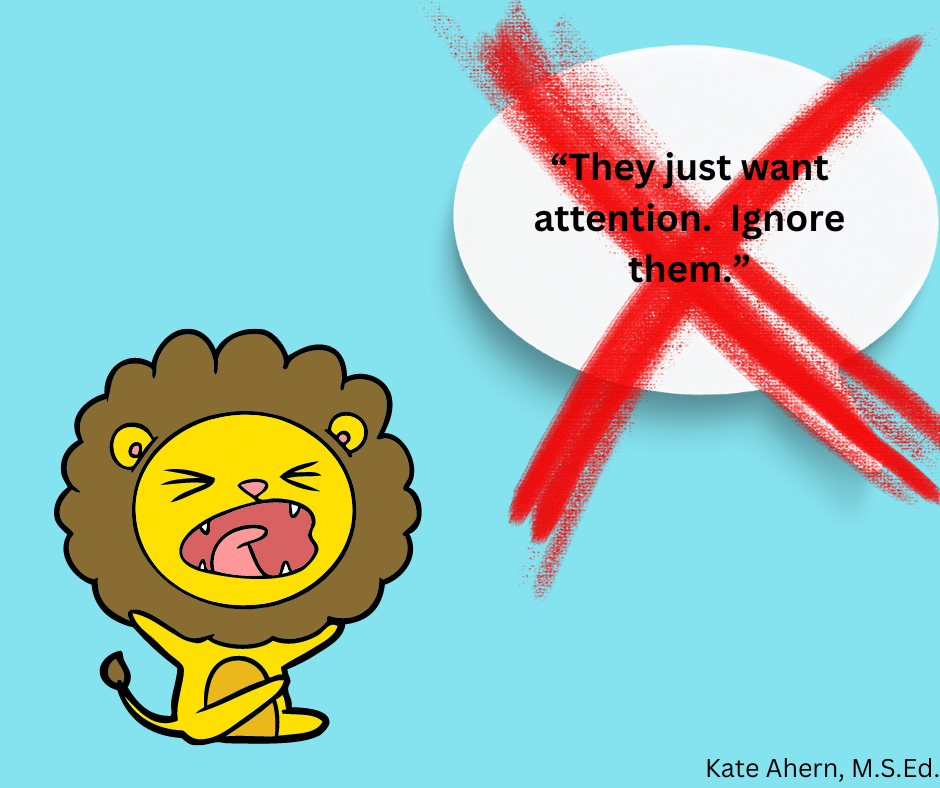
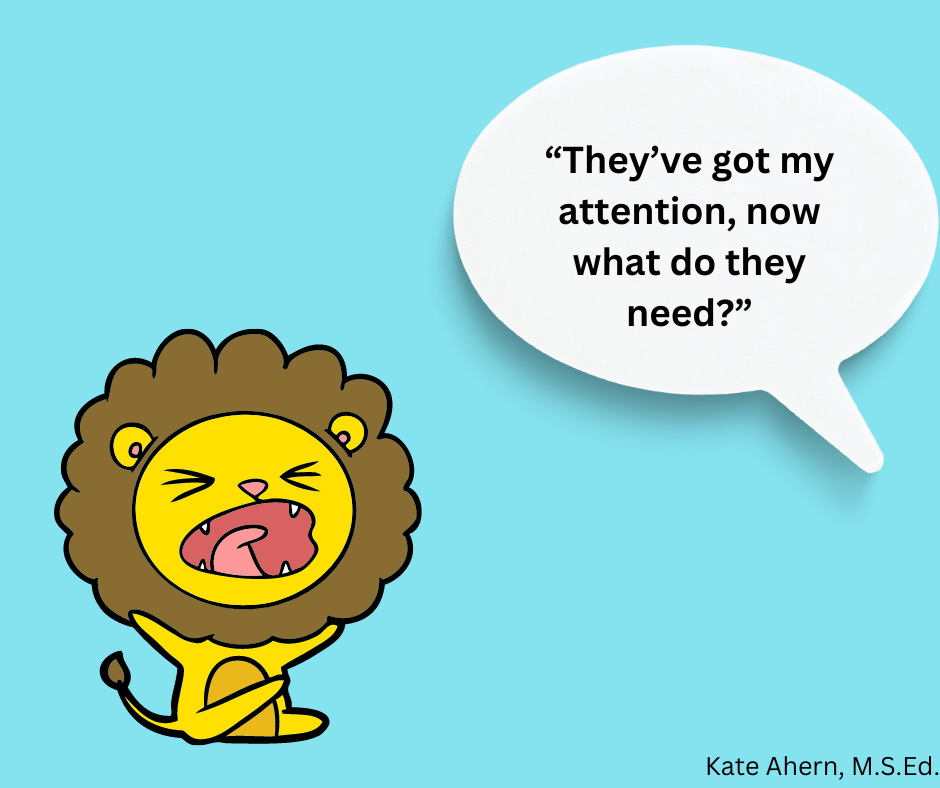

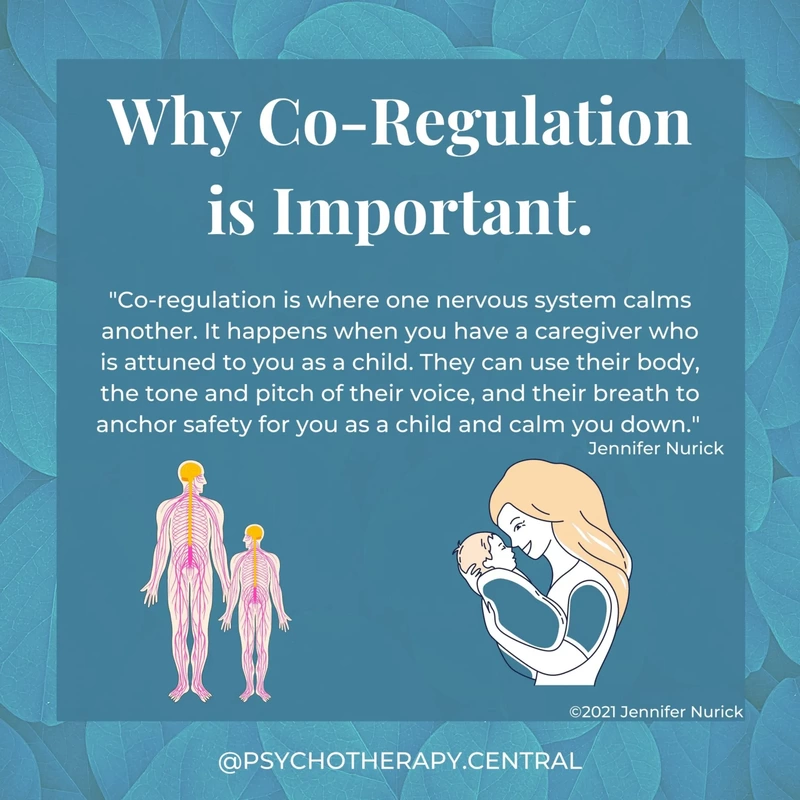
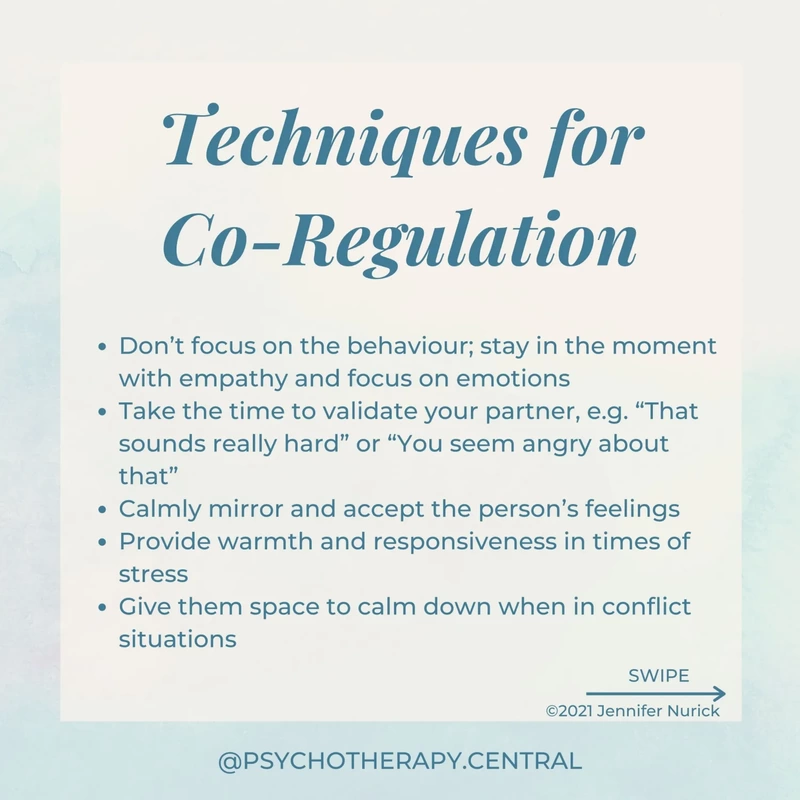
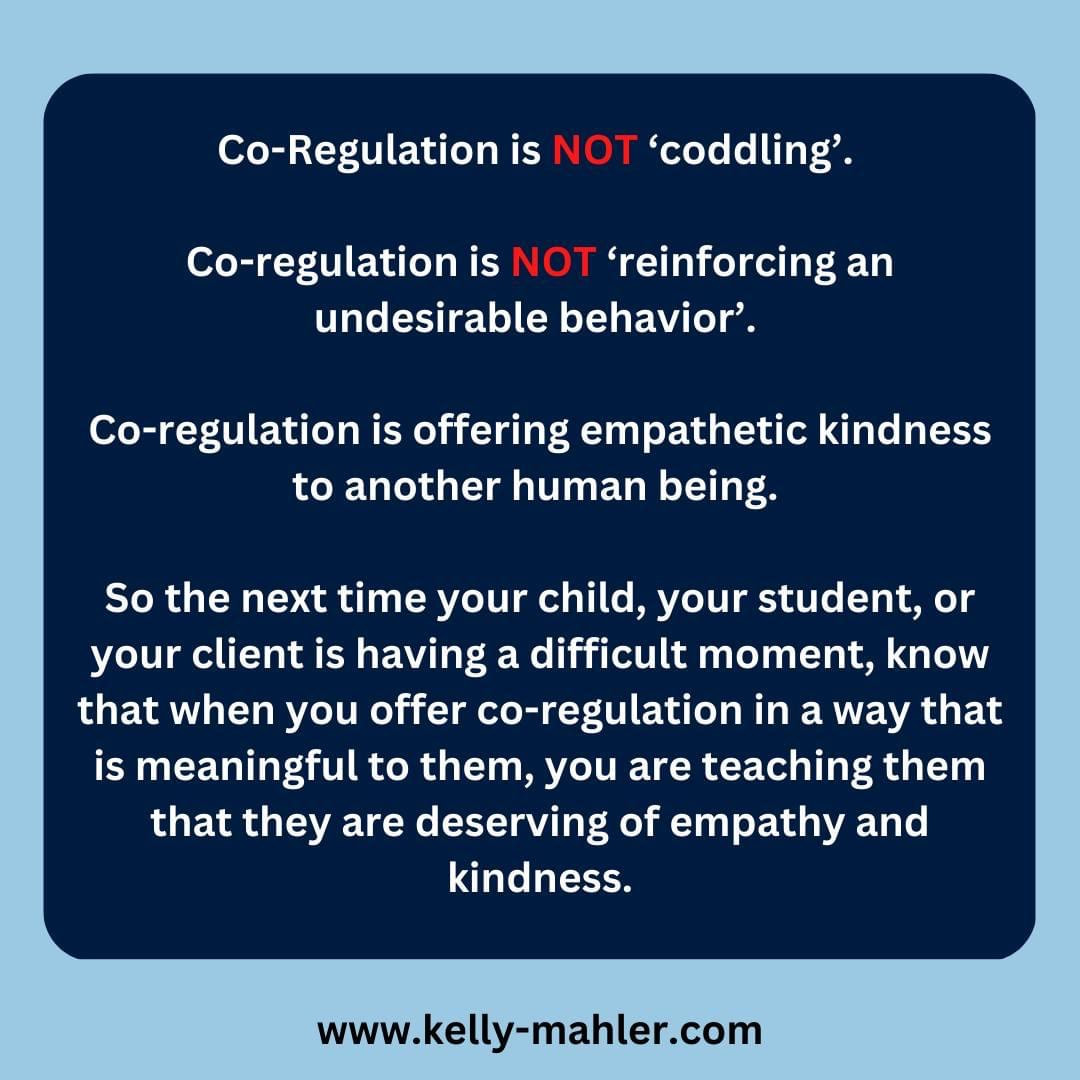
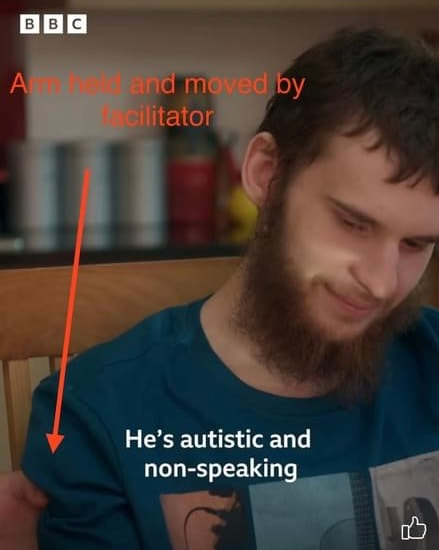
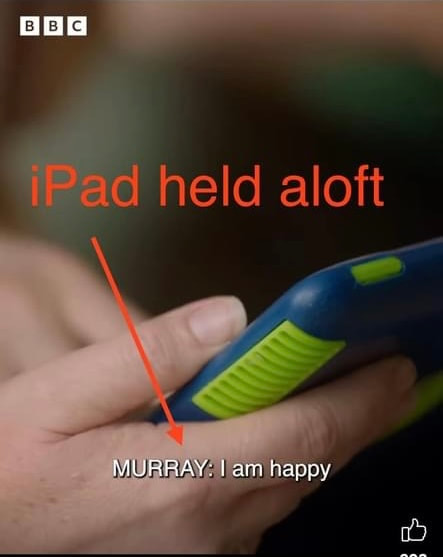
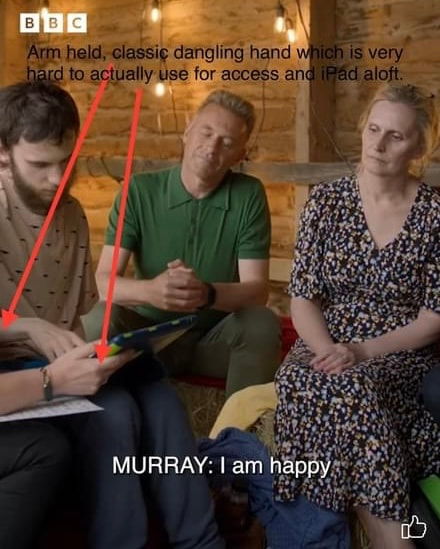
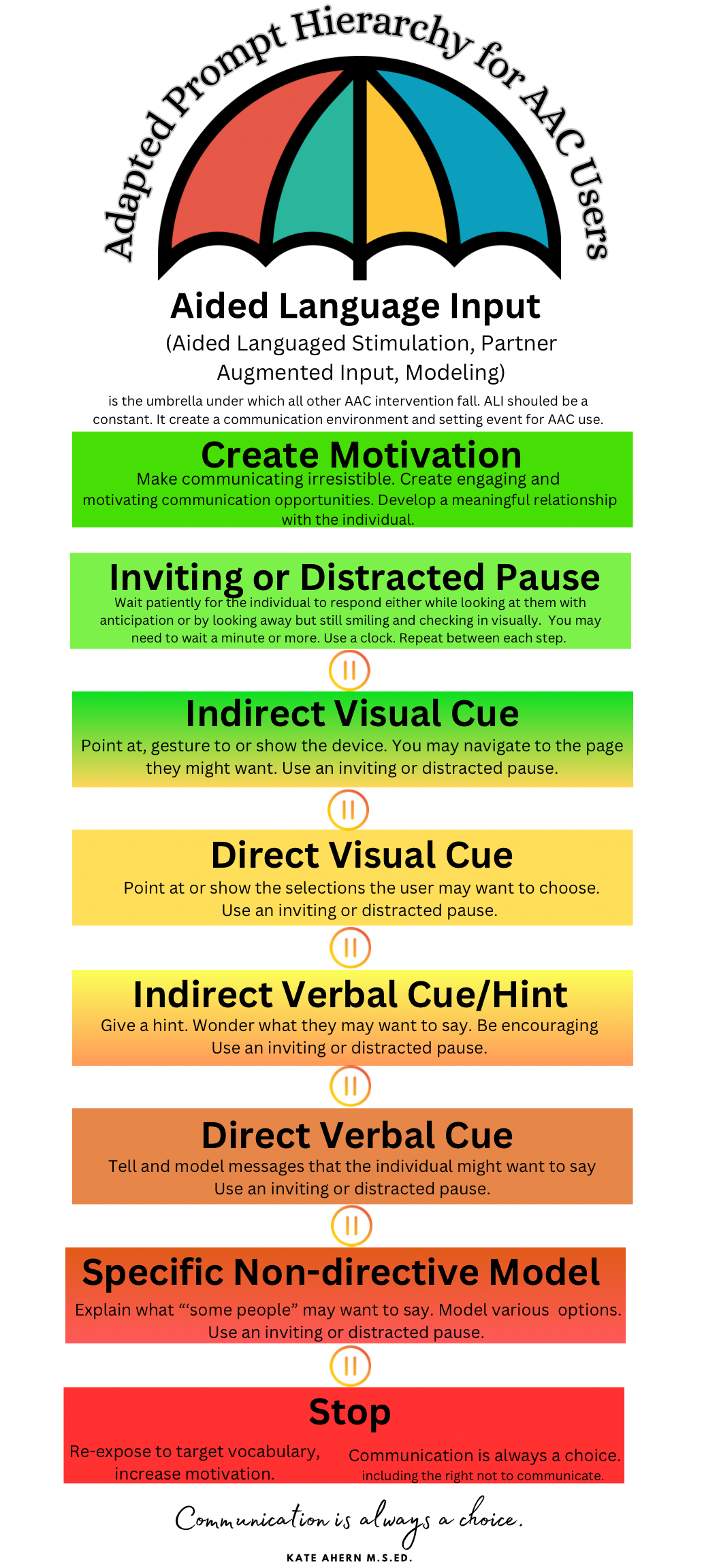
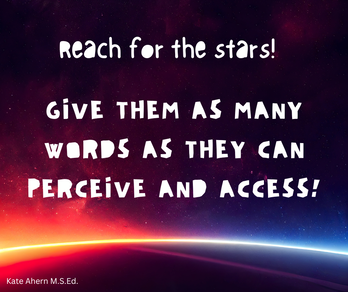
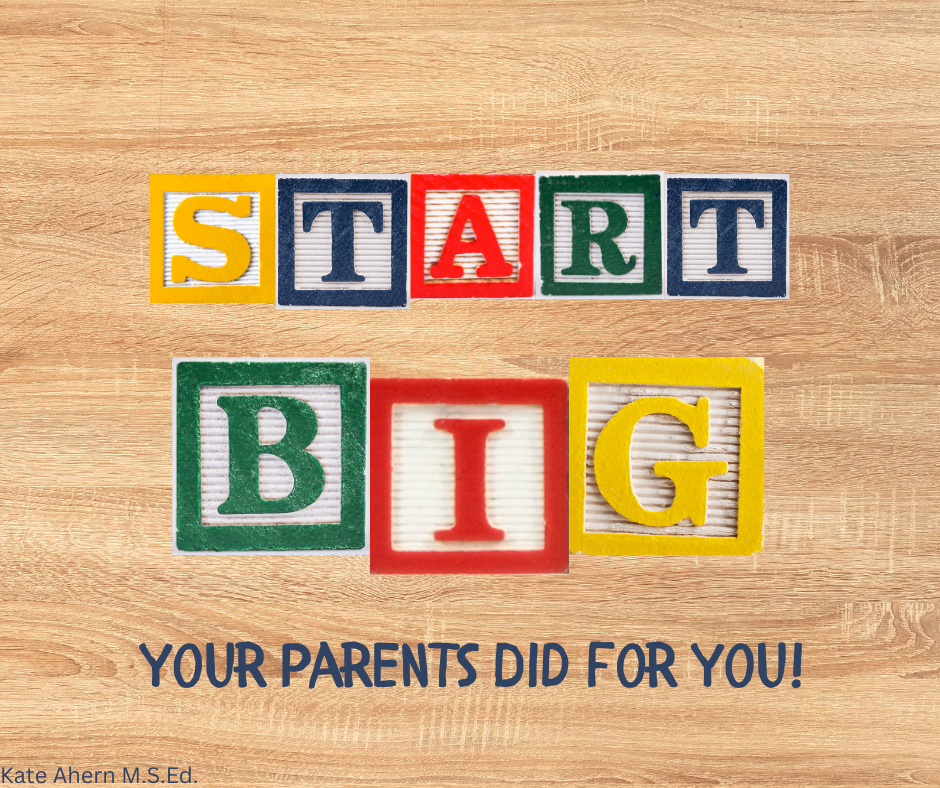


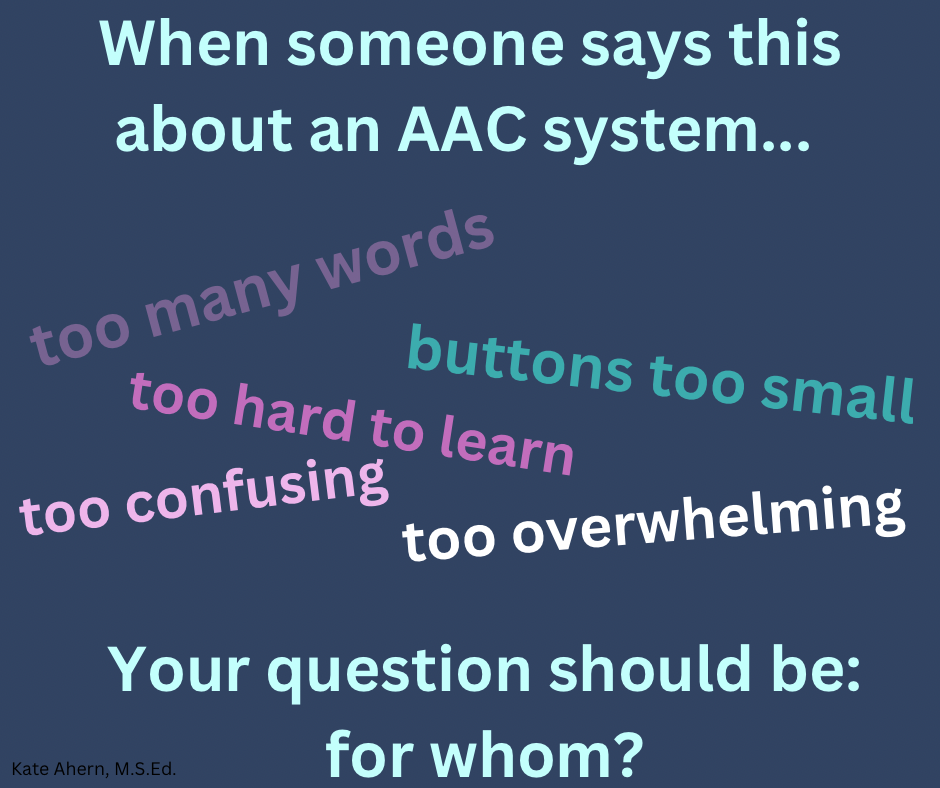
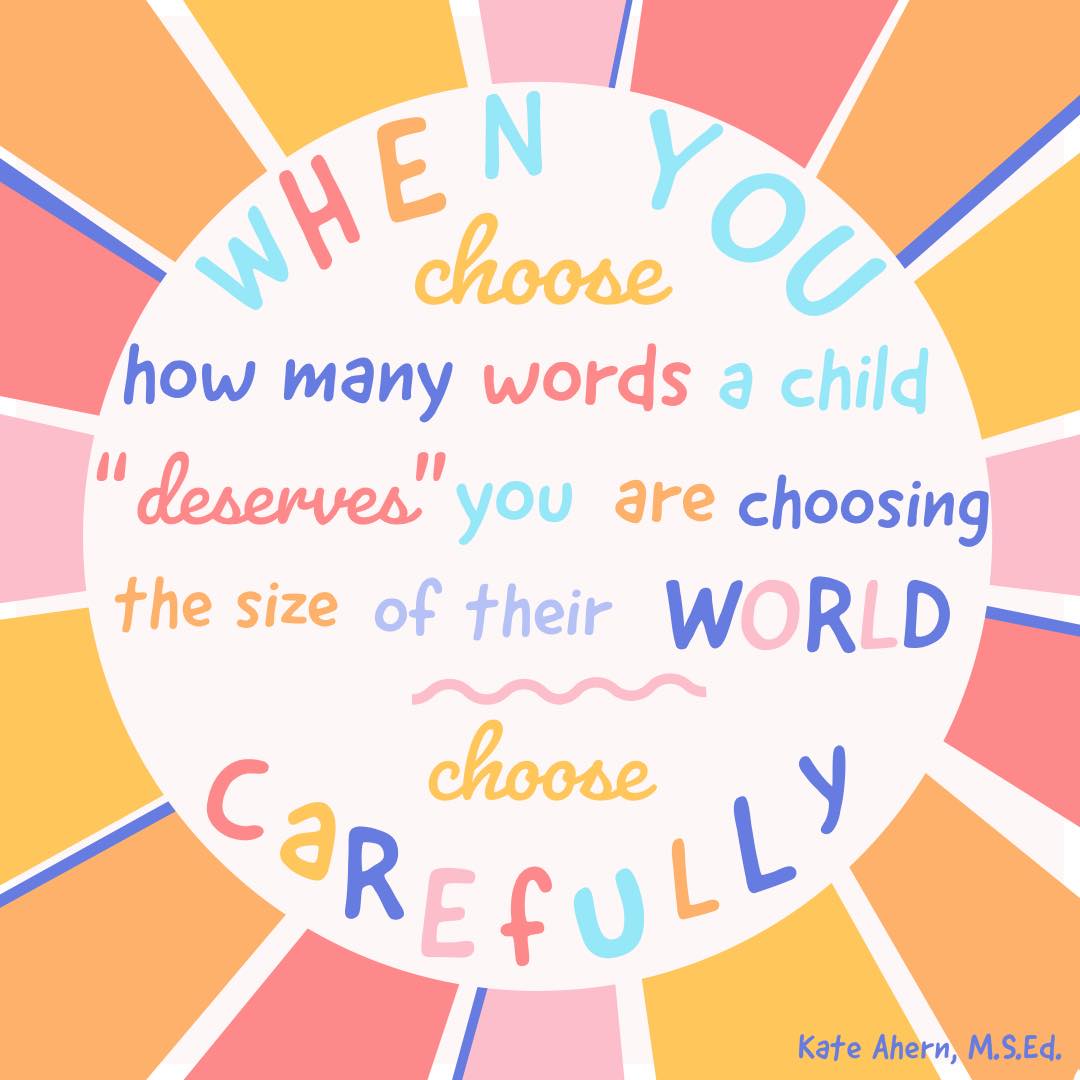

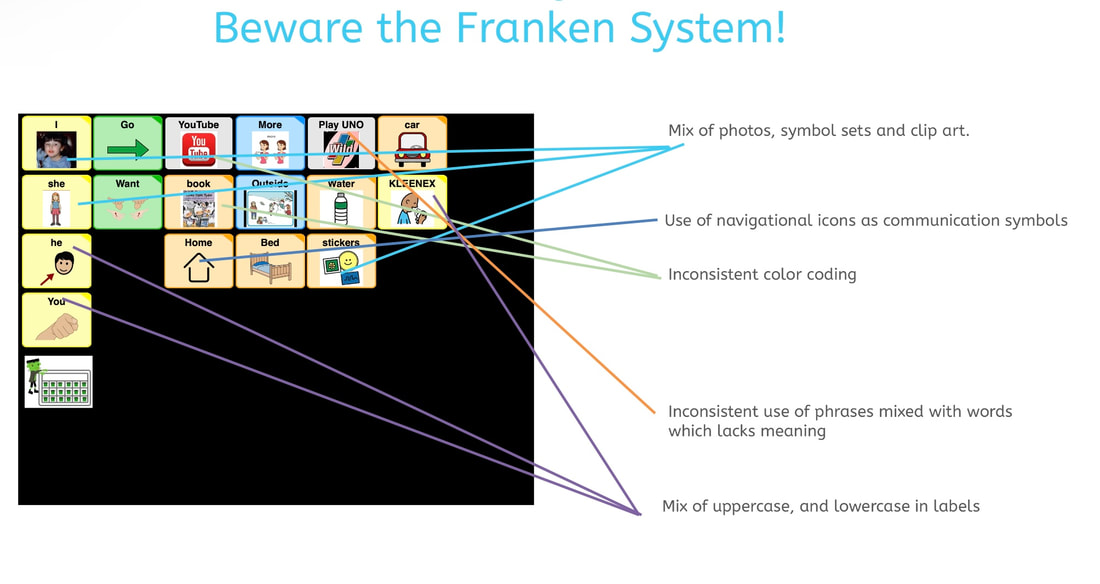

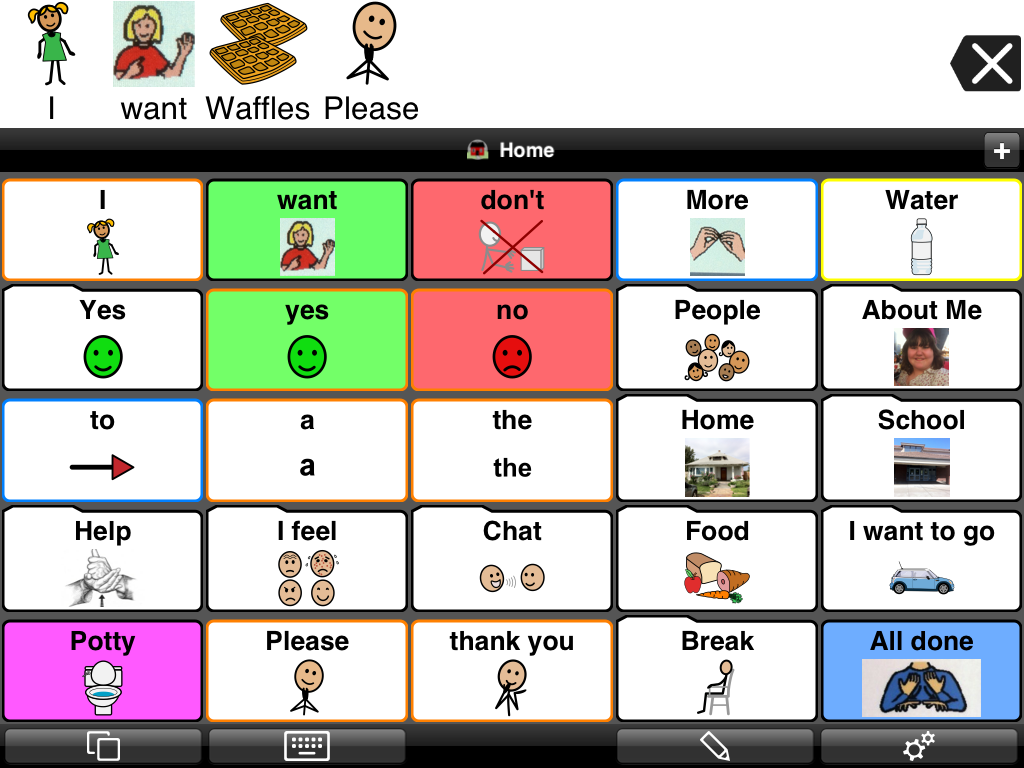


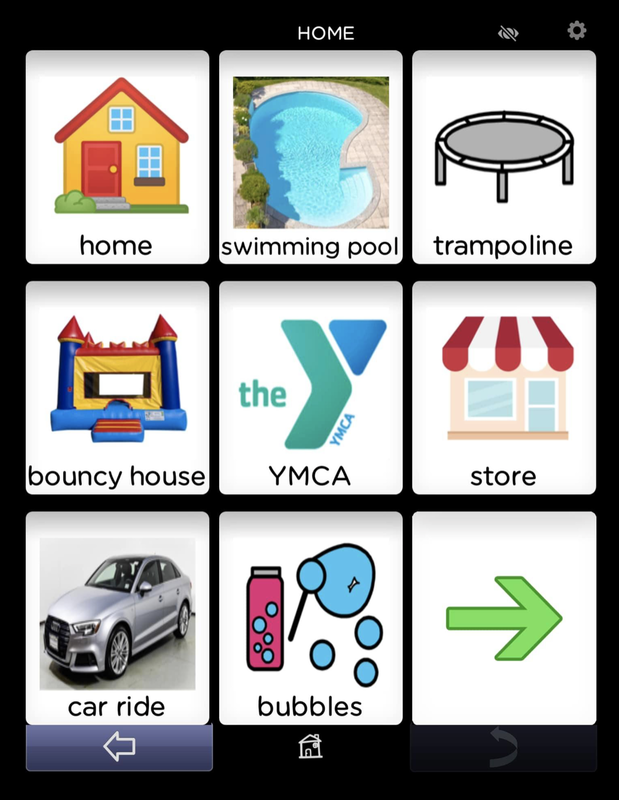
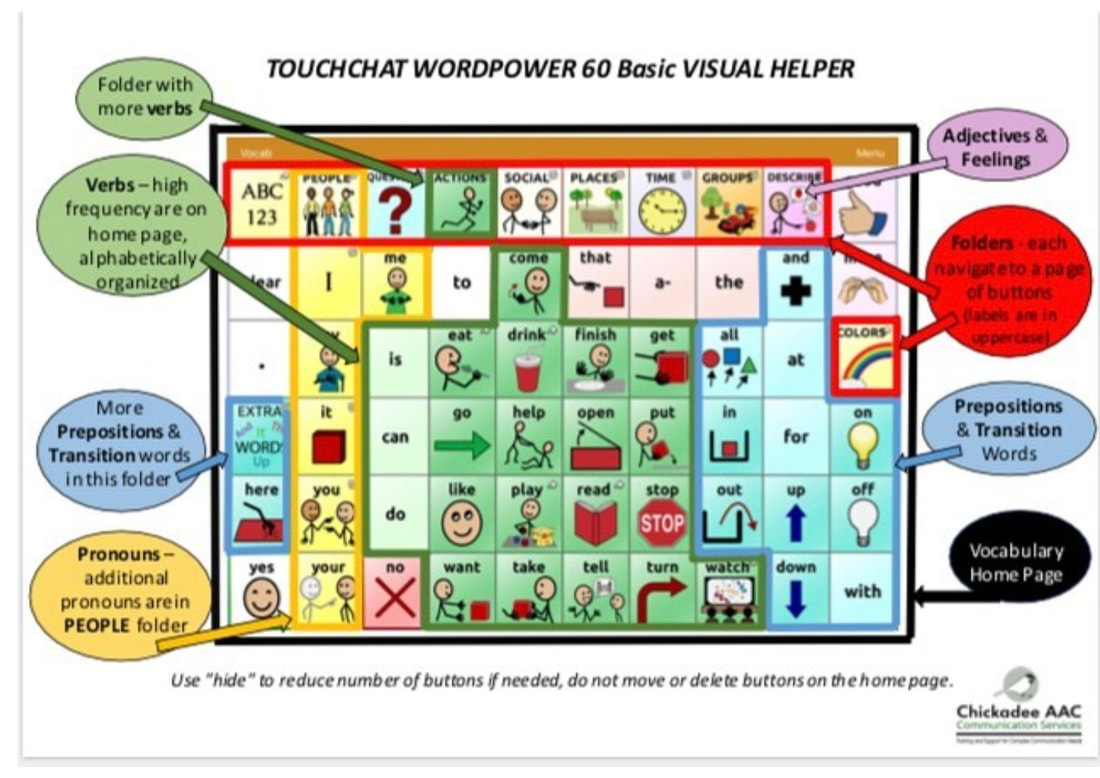
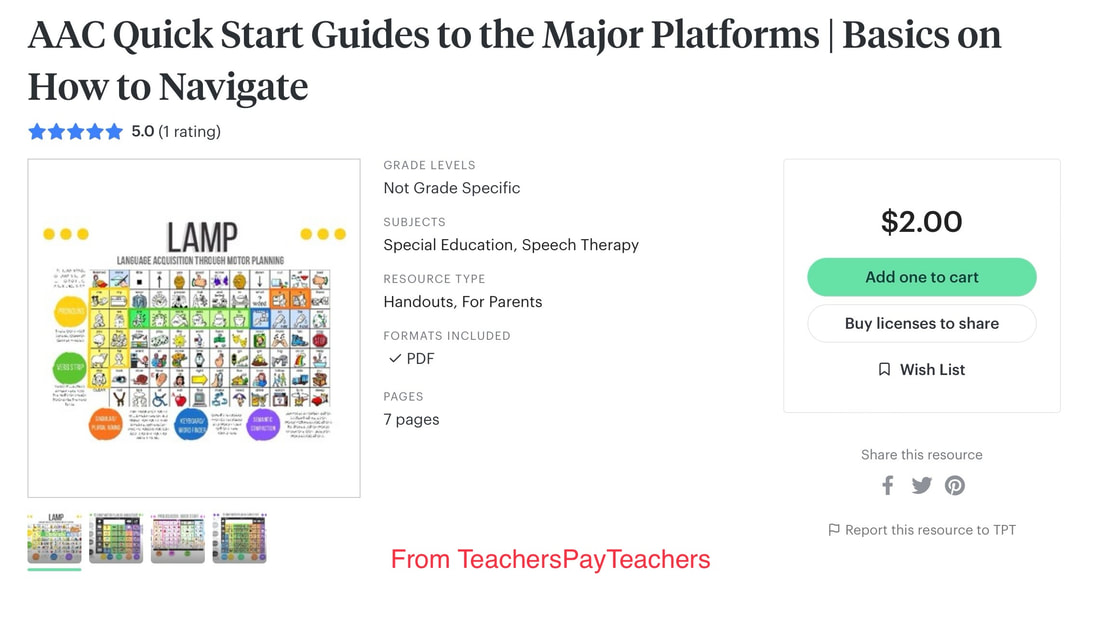
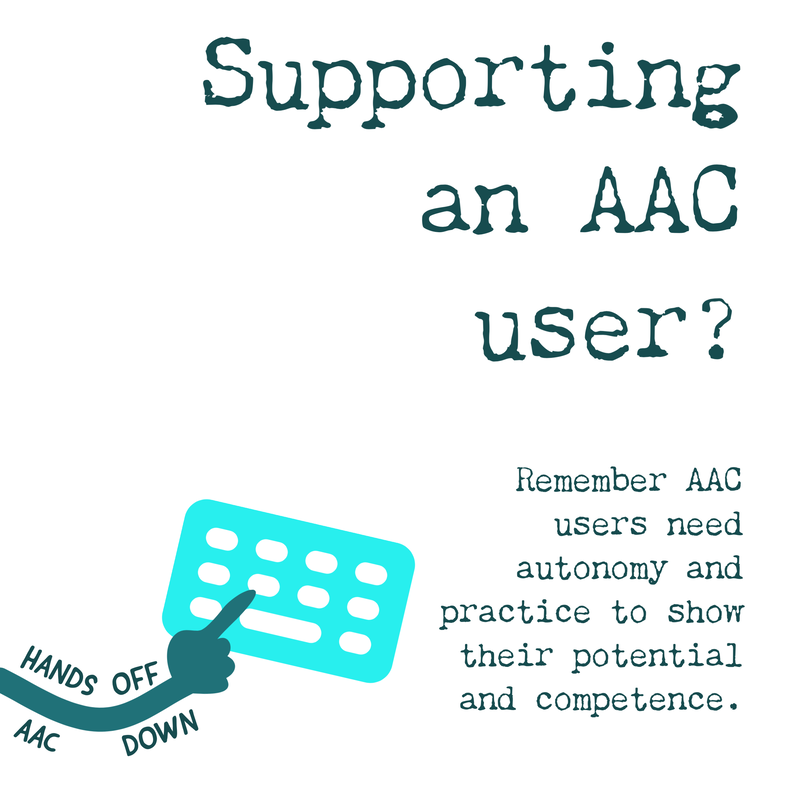
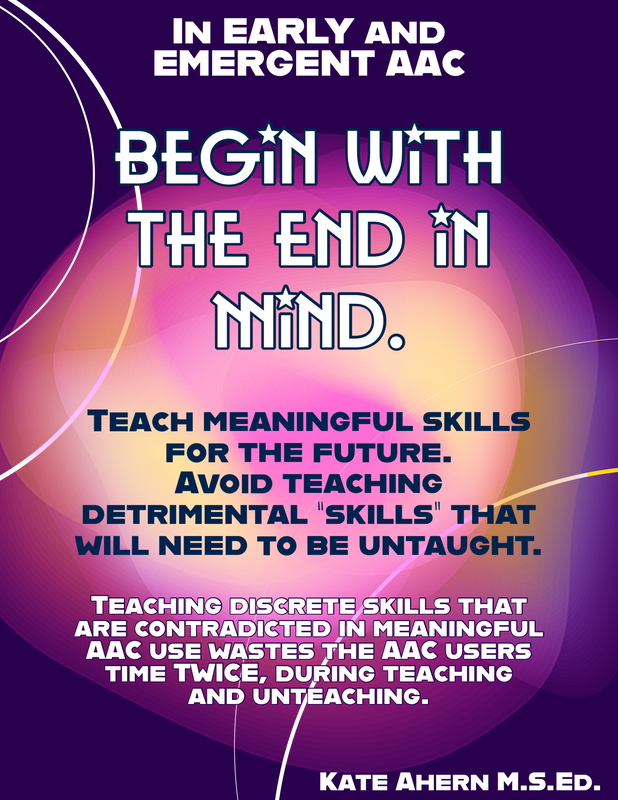
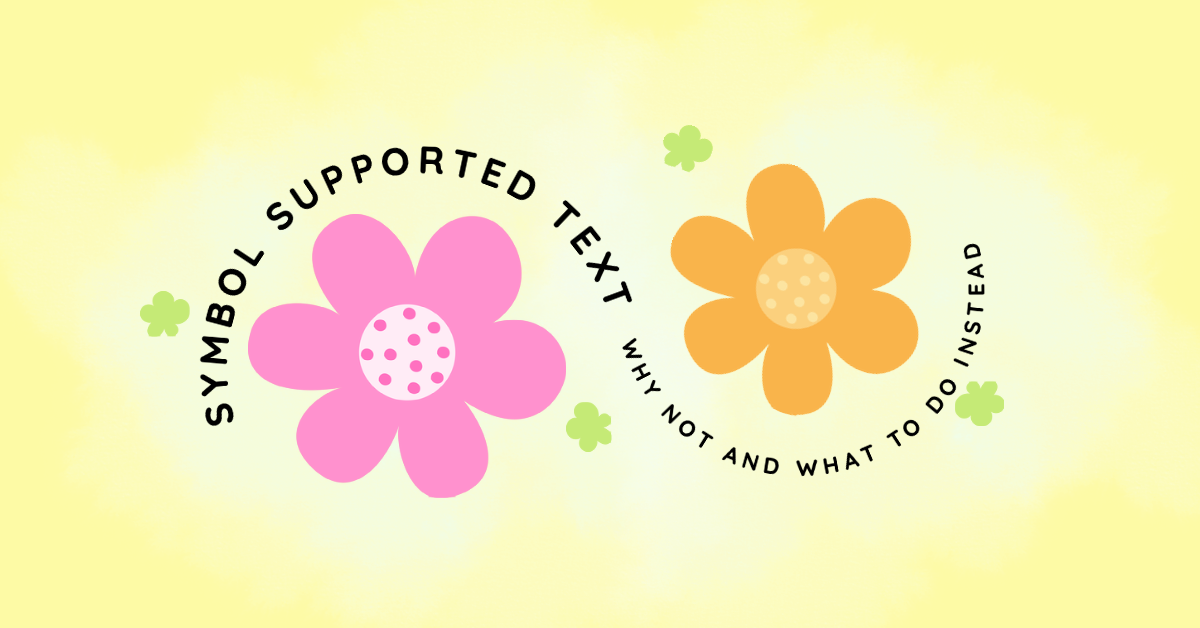
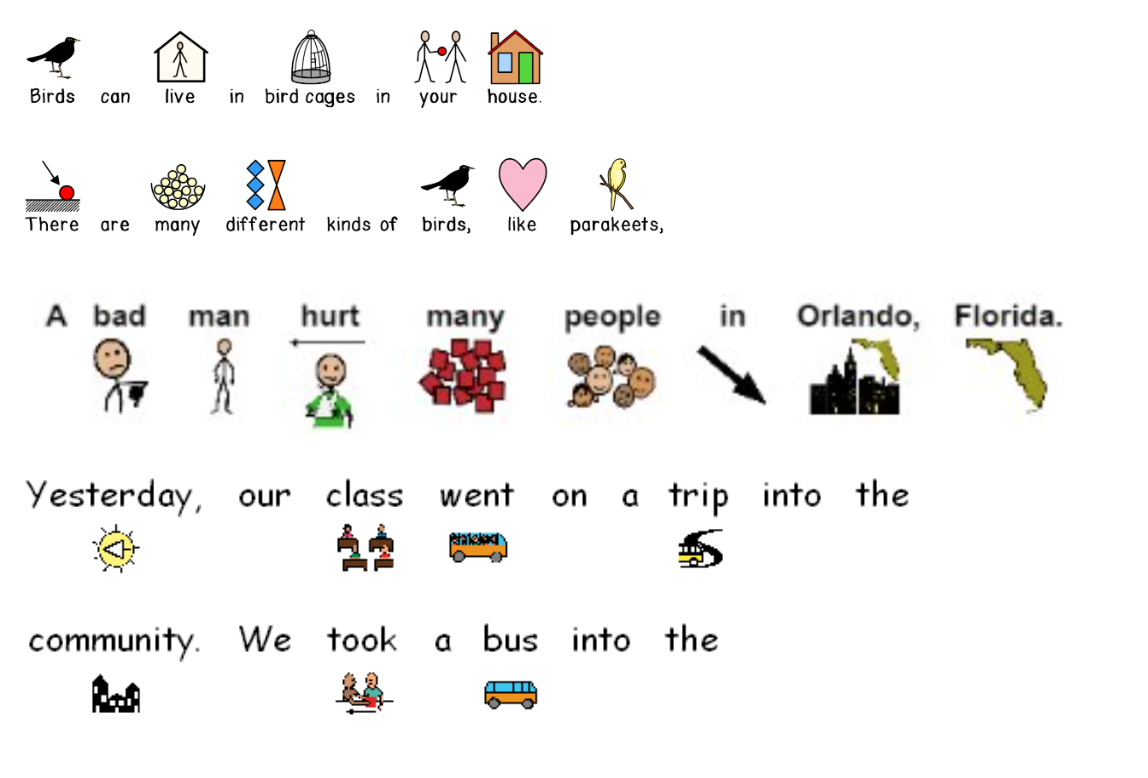

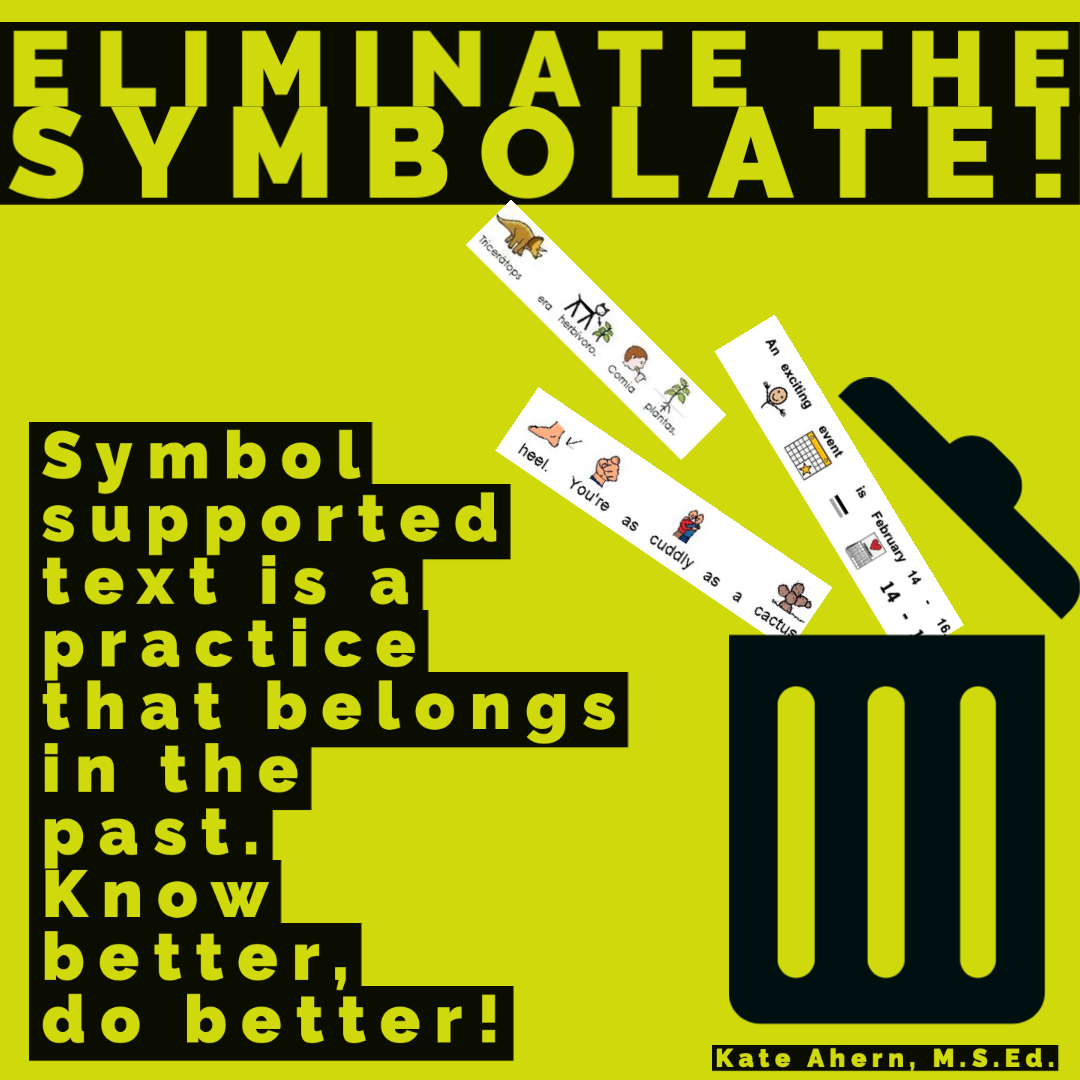
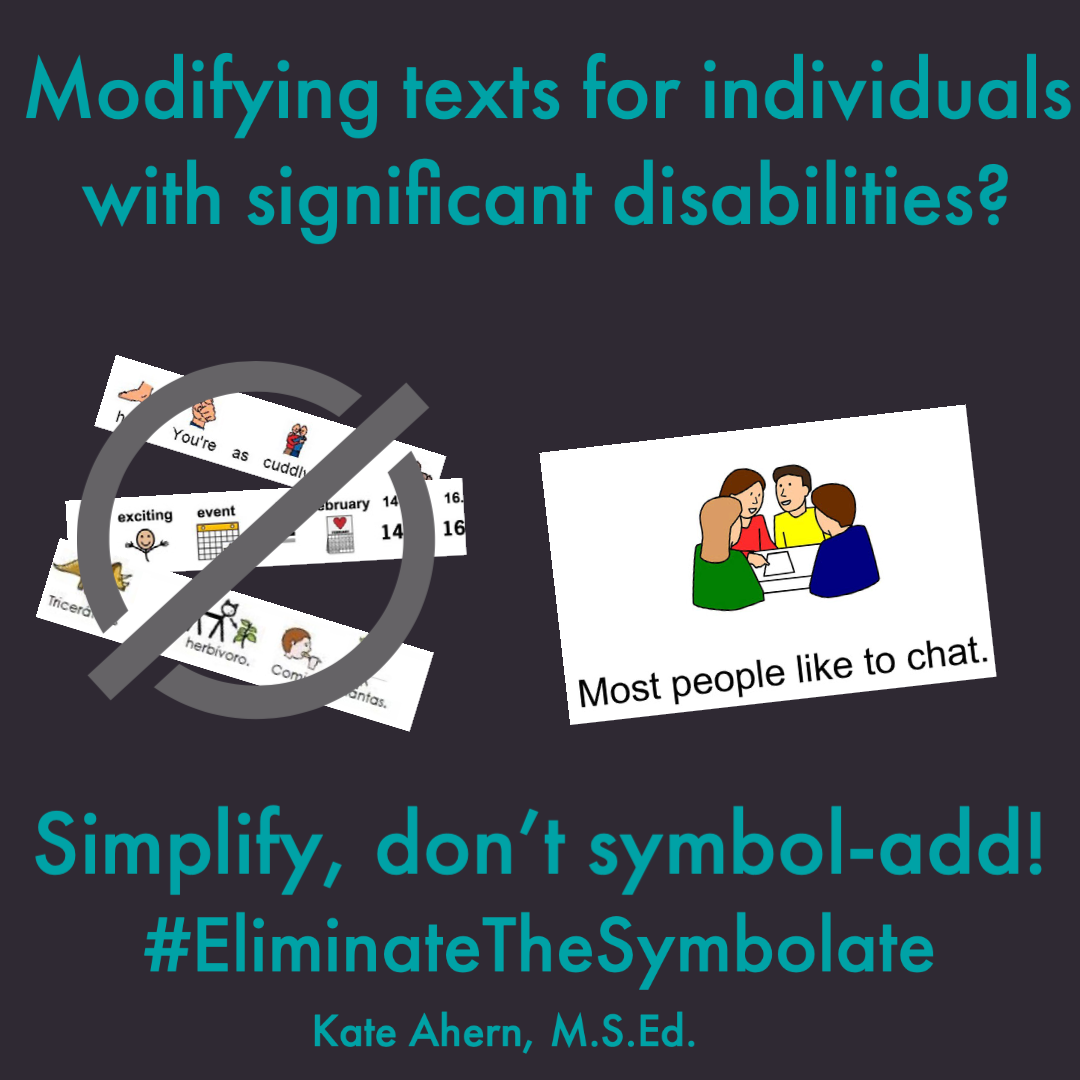
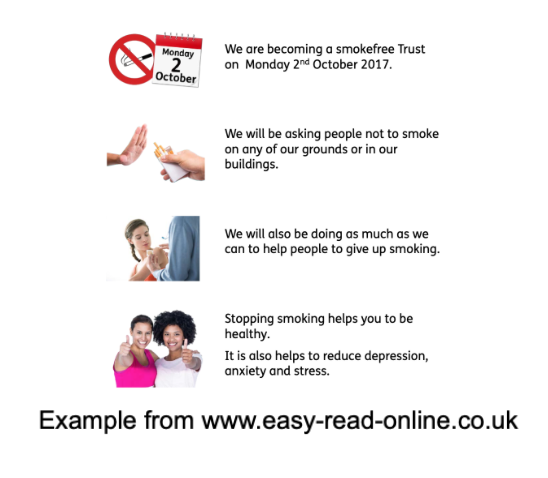
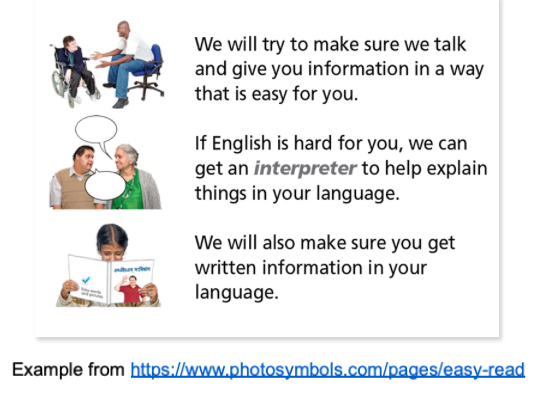
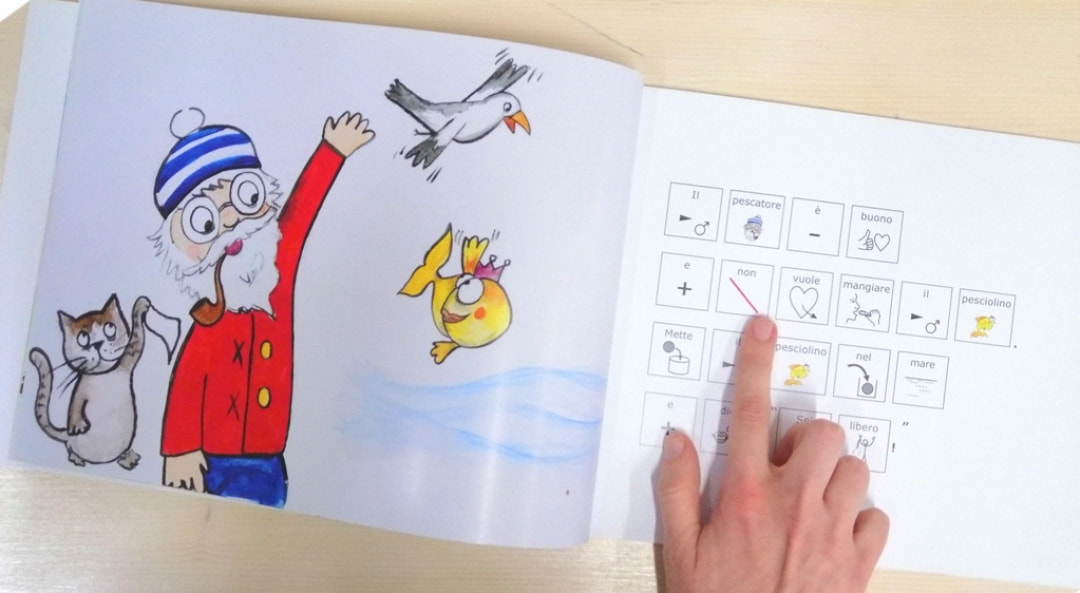
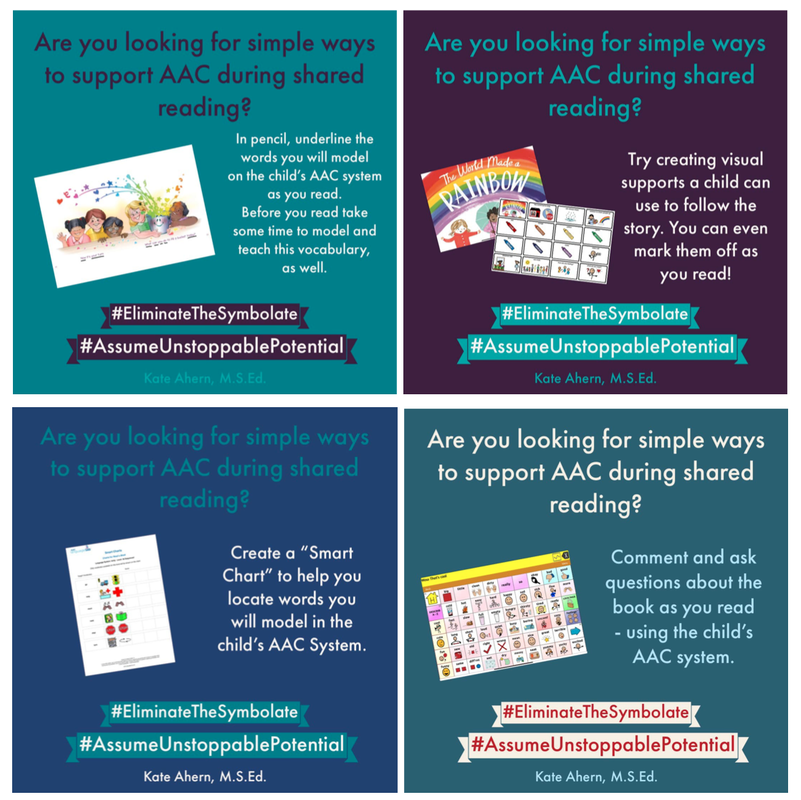
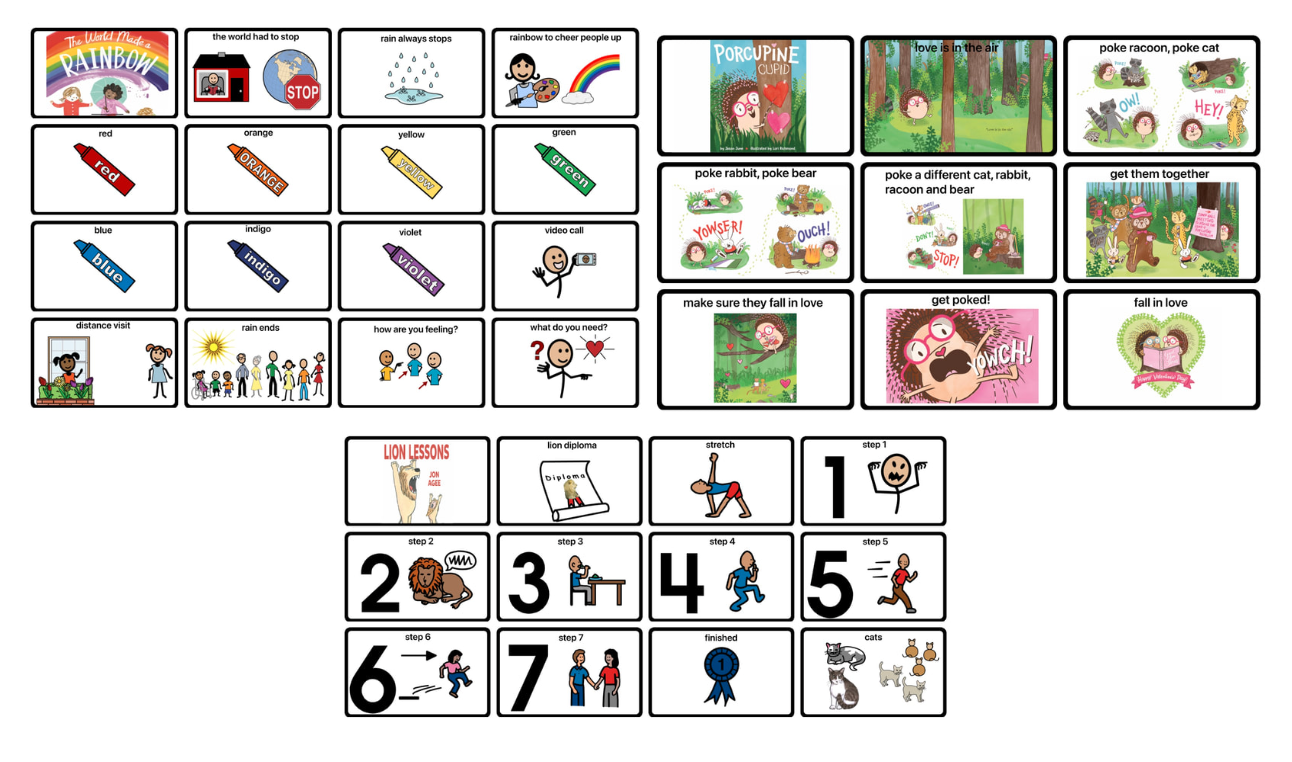
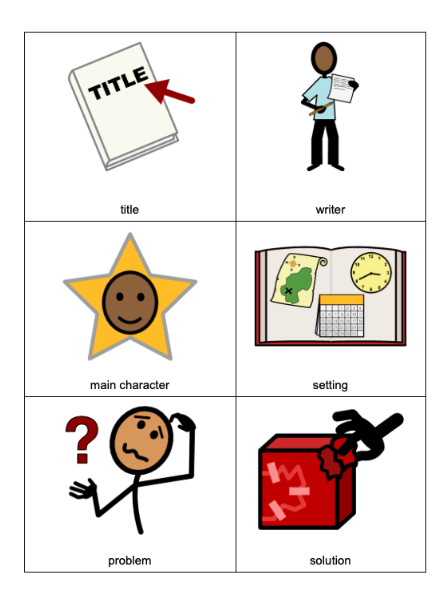
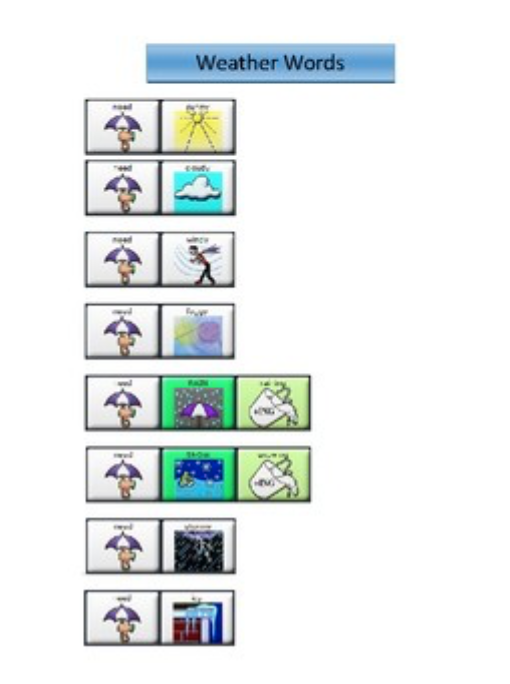
 RSS Feed
RSS Feed